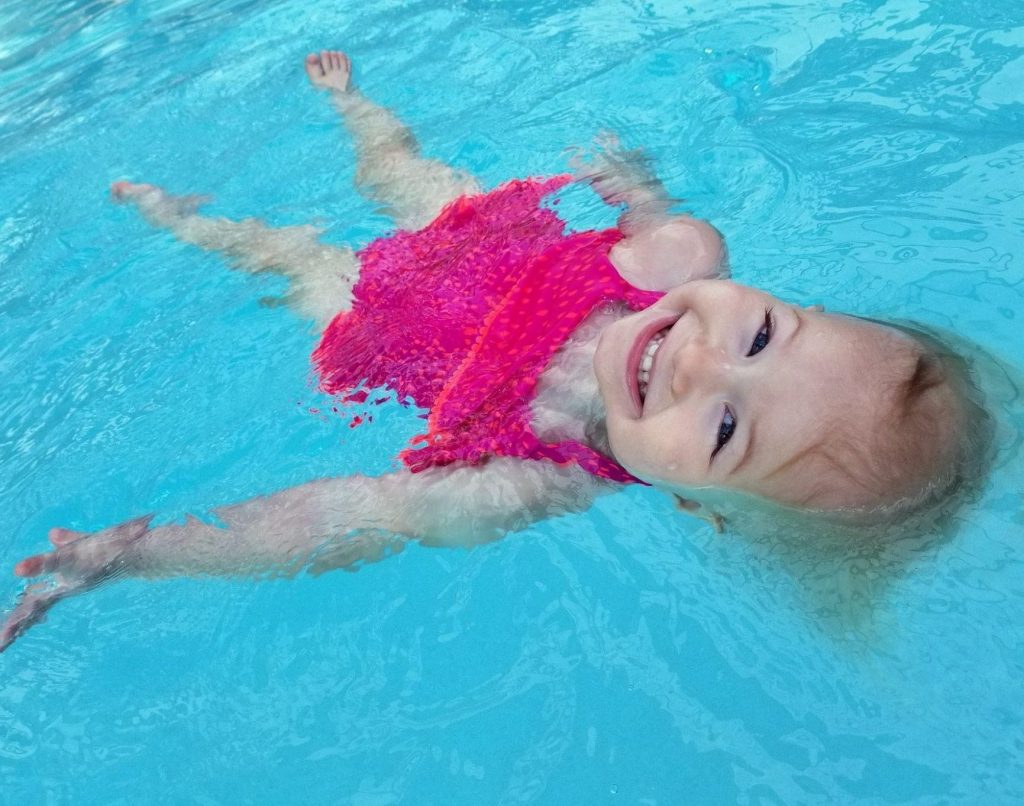
With over 100 years of combined experience, our Instructors are experts at teaching independent swimming, floating and aquatic survival skills to infants and children. We’ve safely and successfully taught thousands of children over the past 20+ years and trained dozens of Survival Swim Instructors across the country and internationally!
Our lessons are based in behavioral science, utilizing sensorimotor learning, schedules of reinforcement, positive reinforcement & operant conditioning in our one-on-one individualized lessons for each child.
We teach how your child learns! Each lesson is individualized to your child’s unique abilities and skill level. It is very important to us that your child develop both the competence AND confidence to SWIM, SURVIVE & safely ENJOY the water!
WHAT PARENTS LIKE ABOUT OUR LESSONS
- SAFE, INDIVIDUALIZED LESSONS
- PROVEN RESULTS
- HIGHLY TRAINED & CERTIFIED INSTRUCTORS
- INDEPENDENT SKILLS (in weeks, not years!)
- COMBINES THE BEST OF SURVIVAL & RECREATIONAL SKILLS
- ONE HOUR OF ONE-ON-ONE LESSON TIME BROKEN DOWN INTO (4) FIFTEEN MINUTE LESSONS PER WEEK *(Short, frequent lessons are proven to be most effective for young children learning a new motor skill & building muscle memory).
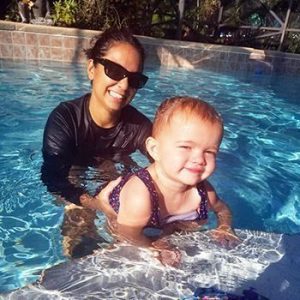
SWIM SAFE NOW® LESSONS
Our Instructors, or “Aquatic Behavior Specialists”, are carefully selected and highly trained professionals. Swim Safe Now® Certification requires a minimum of 100 hours of hands-on, in-water training with students as well as academic training in the areas of behavioral science, psychology, anatomy and physiology, and the theory and techniques required to safely teach survival swimming skills to infants and toddlers. Our Instructors have been background checked, fingerprinted and required to maintain proper insurance, CPR/1st Aid Certification and are required to meet annual recertification requirements.
Swim Safe Now® Lessons are completely customized to the unique physical, emotional and developmental needs of each child. While all of our students will learn the same set of swimming and survival skills initially, our highly trained Instructors will customize each lesson for each of our students in order to provide the highest quality lesson experience possible!
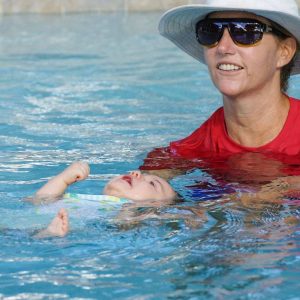 We begin by teaching all of our students proper breath control along with age and developmentally appropriate survival swim techniques. Infants as young as 6 months old and crawling learn to rotate into a backfloat position and remain floating until they can be picked up. Children over the age of 1 and walking learn to swim, rotate into a backfloat to rest and breathe and continue the swim-float-swim sequence until they reach the side of the pool and how to remain in a backfloat in the event that a point of safety cannot be reached.
We begin by teaching all of our students proper breath control along with age and developmentally appropriate survival swim techniques. Infants as young as 6 months old and crawling learn to rotate into a backfloat position and remain floating until they can be picked up. Children over the age of 1 and walking learn to swim, rotate into a backfloat to rest and breathe and continue the swim-float-swim sequence until they reach the side of the pool and how to remain in a backfloat in the event that a point of safety cannot be reached. 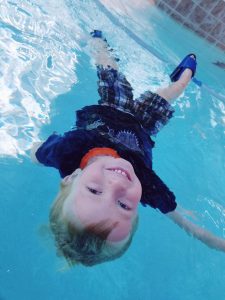 As skills are mastered, our students are given the opportunity to practice these skills in a variety of simulated fall-in scenerios, both in a bathing suit as well as different types of clothing since most accidents happen during non-swim times when children are fully clothed. Our students learn to make the necessary adjustments for swimming in as many different conditions as possible. Parents also participate in lessons after students are confident and comfortable with their skills allowing the parent to play and effectively practice at home, what their child has learned in lessons.
As skills are mastered, our students are given the opportunity to practice these skills in a variety of simulated fall-in scenerios, both in a bathing suit as well as different types of clothing since most accidents happen during non-swim times when children are fully clothed. Our students learn to make the necessary adjustments for swimming in as many different conditions as possible. Parents also participate in lessons after students are confident and comfortable with their skills allowing the parent to play and effectively practice at home, what their child has learned in lessons.
After initial lessons are completed, students return periodically to make sure their skills grow with them. Children grow at a rapid pace, causing their center of gravity to constantly shift and their skills will need adjusting. Some parents opt to have their children participate in maintenance lessons anywhere from once or twice per week to once a month. Others return as needed for a week or two of refresher lessons, typically once or twice a year.
As Survival Skills are mastered, recreational skills are introduced (#skillsbeforethrills). Our students enjoy learning how to safely jump in and swim back and forth to parents and back to the wall or stairs, dive for toys, shallow water diving, swimming through hoops, pool float safety (jumping off and pushing it away so they don’t get stuck underneath) and more. As they become age and developmentally ready, basic strokes are introduced.
We strive to provide the most well-rounded swim and survival program available, incorporating aquatic skills first, and making sure our students are confident and comfortable using their skills to safely enjoy the water.
GOING BEYOND “TRADITIONAL” SWIM LESSONS
“Traditional” swim lessons are widely offered by Red Cross “Water Safety Instructors”. While these lessons are great for older children and adults wanting to learn advanced stroke techniques, they are not intended to teach infants and young children any independent swimming or floating skills. Instead they focus on water acclimation for this age group, which is unfortunately most at risk of drowning. It has proven to be very dangerous (and often tragic) for babies and toddlers to learn that the water is a fun place to play without teaching the necessary skills to survive in that environment.
Beware of group classes where the instructor’s attention is split among unskilled students. Tragically, many children are hospitalized or have even lost their life in group lessons, when they’ve slipped under unnoticed.
Traditional water acclimation lessons also teach young children to “blow bubbles”. While this is a necessary skill for older children and adults when learning advanced strokes to exhale during arm recovery, it is very dangerous for infants, toddlers and young children, because it teaches them to exhale before and during submersion. This dramatically decreases the amount of time a child can hold their breath underwater and increases the likelihood that they will try and inhale while submerged, causing them to choke, panic and sink.
Blowing air out of the lungs is not appropriate during initial stages of learning proper breath control, swim postures and controlling buoyancy. This is simply an outdated and ineffective way to get kids faces in the water.
Be sure to question a potential Instructor to determine if they are certified by a reputable organization to teach Survival Swim Lessons which include independent swimming and floating skills.
HIGH QUALITY SURVIVAL SWIM LESSONS
A High Quality Survival Swim Program will first focus on teaching infants and young children proper breath control. This means they will learn to close their mouth and hold their breath prior to submersion, continue to hold their breath while swimming, and rotate to a backfloat to rest and breathe in between swims, and to remain in a backfloat if a point of safety cannot be reached.
Why the backfloat? Infants and toddlers are top heavy and lack the upper body strength to maintain a head-up, vertical posture to tread water long enough to resume a proper rate of respiration or “catch their breath”. This position requires a great deal of energy and will quickly fatigue a child. Alternatively, a resting backfloat posture can be held indefinitely, allowing someone as much time as needed to rest and breathe until they are ready to swim again. There is an appropriate time to learn to tread water, when learning advanced swimming and stroke techniques, but for young children and beginners, the backfloat is a much safer alternative and a life-saving skill for all ages.
There are many programs that advertise Water Safety and Survival Swim Lessons. They are not all created equal and do not share the same safety and success records. Some are also much more “aggressive” than others. Be sure to thoroughly research a potential program and instructor, make sure they can answer all your questions and observe lessons if possible.
What should NEVER be a part of a normal lesson experience: Excessive water drinking, excessive urination after lessons, diarrhea after lessons, vomiting during lessons (or after), swollen belly or belly pain (abdominal distention), reduction in activity level (lethargy) after or during lessons, choking on water (aspiration), respiratory distress (retracted breathing). If these are issues your child is regularly experiencing in another swim program, he or she could be in real danger of experiencing hyponatremia (water intoxication) and/or aspiration and other serious health conditions.
If you’ve read this far, thank you! You are clearly invested in finding the best fit for your child’s swim lessons! Please contact one of our Certified Swim Safe Now® Instructors for more information or complete our Contact Form and one of our highly qualified, Certified Instructors will reach out shortly with more infor. We can’t wait to work with you and your family soon!
Always remember there is no substitute for adult supervision. Swim Safe Now® strongly encourages a multi-layered approach towards water safety in your home and stresses that not even the strongest swimmer is drownproof.
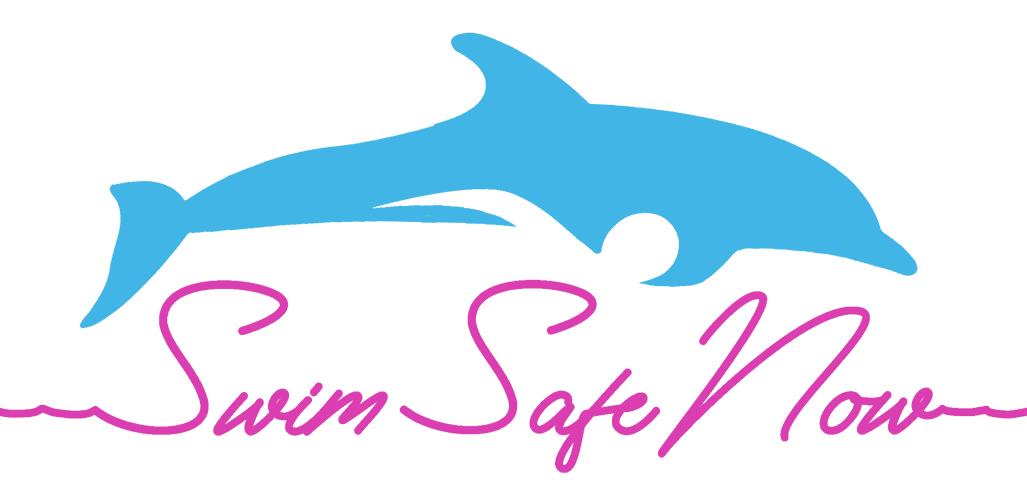
Comments are closed